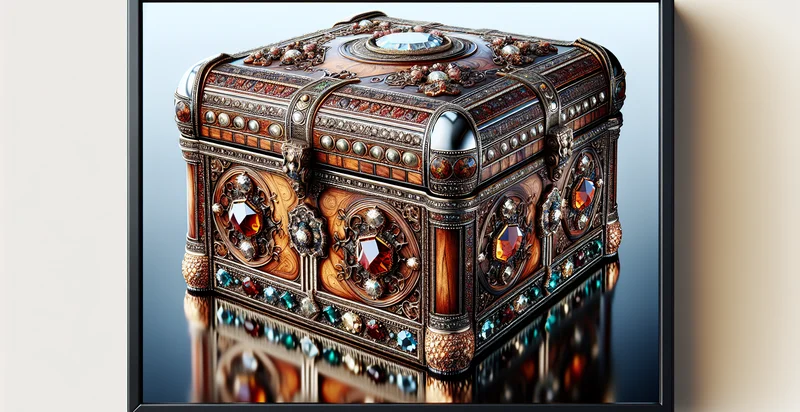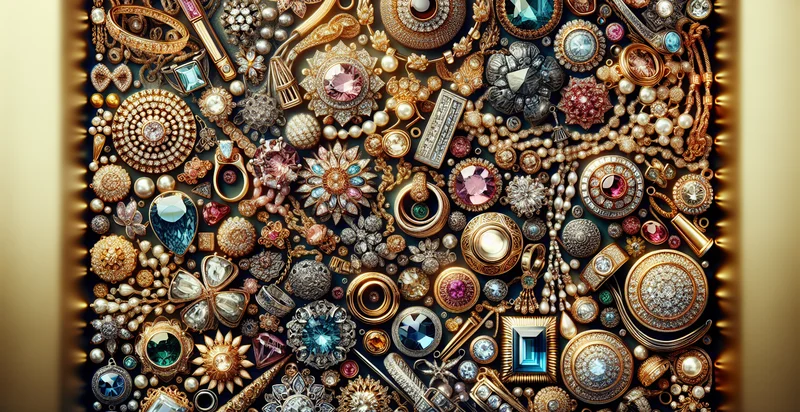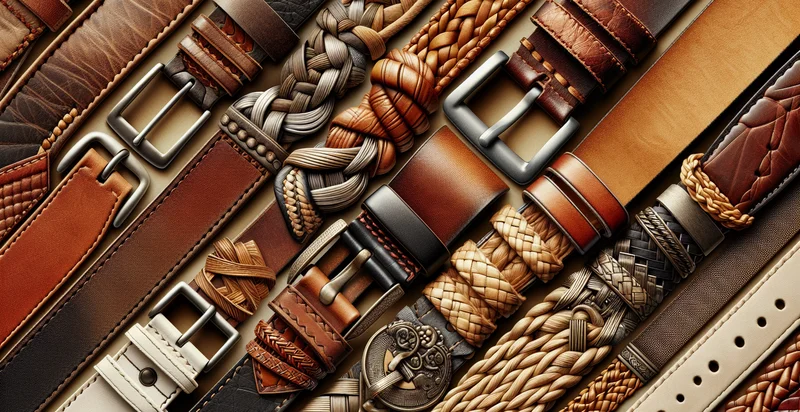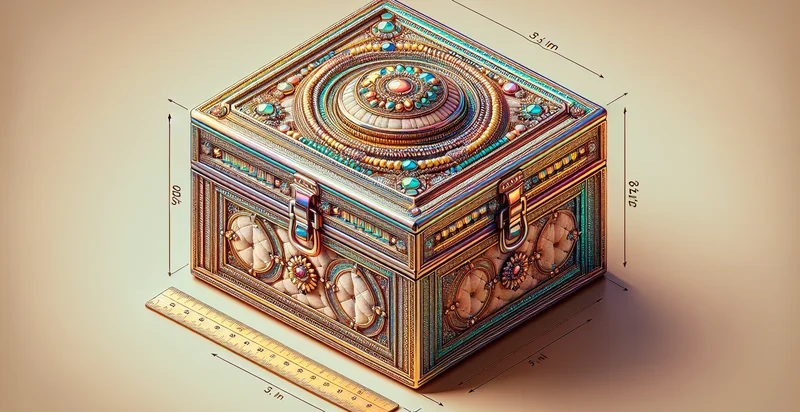Identify what material a jewelry box is made from
using AI
Below is a free classifier to identify what material a jewelry box is made from. Just upload your image, and our AI will predict what material the jewelry box is made from - in just seconds.

Contact us for API access
Or, use Nyckel to build highly-accurate custom classifiers in just minutes. No PhD required.
Get started
import nyckel
credentials = nyckel.Credentials("YOUR_CLIENT_ID", "YOUR_CLIENT_SECRET")
nyckel.invoke("what-material-a-jewelry-box-is-made-from", "your_image_url", credentials)
fetch('https://www.nyckel.com/v1/functions/what-material-a-jewelry-box-is-made-from/invoke', {
method: 'POST',
headers: {
'Authorization': 'Bearer ' + 'YOUR_BEARER_TOKEN',
'Content-Type': 'application/json',
},
body: JSON.stringify(
{"data": "your_image_url"}
)
})
.then(response => response.json())
.then(data => console.log(data));
curl -X POST \
-H "Content-Type: application/json" \
-H "Authorization: Bearer YOUR_BEARER_TOKEN" \
-d '{"data": "your_image_url"}' \
https://www.nyckel.com/v1/functions/what-material-a-jewelry-box-is-made-from/invoke
How this classifier works
To start, upload your image. Our AI tool will then predict what material the jewelry box is made from.
This pretrained image model uses a Nyckel-created dataset and has 25 labels, including Acrylic, Bamboo, Brass, Canvas, Cardboard, Ceramic, Copper, Denim, Fabric and Foam.
We'll also show a confidence score (the higher the number, the more confident the AI model is around what material the jewelry box is made from).
Whether you're just curious or building what material a jewelry box is made from detection into your application, we hope our classifier proves helpful.
Related Classifiers
Need to identify what material a jewelry box is made from at scale?
Get API or Zapier access to this classifier for free. It's perfect for:
- Material Detection for Quality Assurance: Jewelry manufacturers can utilize this function to automatically classify the materials used in jewelry boxes during the production process. By verifying material specifications, companies can ensure that the boxes meet quality standards and reduce returns due to mismatched expectations.
- E-Commerce Product Verification: Online retailers can implement this image classification function to improve the authenticity of jewelry box descriptions. By analyzing images, retailers can ensure that the material claims align with what is being advertised, thus enhancing customer trust and minimizing disputes.
- Inventory Management: Retailers can use this function to categorize jewelry boxes in storage or displayed units automatically based on the material. Accurate classification assists in more efficient inventory management, allowing businesses to assess stock levels based on material types quickly.
- Competitive Market Analysis: Businesses can utilize this technology to gather data on competitors’ offerings by classifying the materials used in their jewelry boxes from images. This insight allows companies to identify trends, adjust their product lines, and make strategic decisions based on market materials.
- Sustainability Reporting: Organizations focused on sustainability can leverage this function to assess and report the types of materials used in their jewelry packaging. Understanding material classifications can highlight which sustainable practices are being adopted or identify areas for improvement in sourcing materials.
- Custom Jewelry Box Design: Designers can use the material classification function to explore various material options when creating custom jewelry boxes. By analyzing images from different sources, designers can gain inspiration and identify materials that align with aesthetic and functional requirements.
- Consumer Education and Recommendations: Jewelry retailers can deploy this function to educate consumers about the differences in jewelry box materials. By providing detailed classifications and benefits of each material through an app or website, retailers can advise customers on making informed purchasing decisions.


